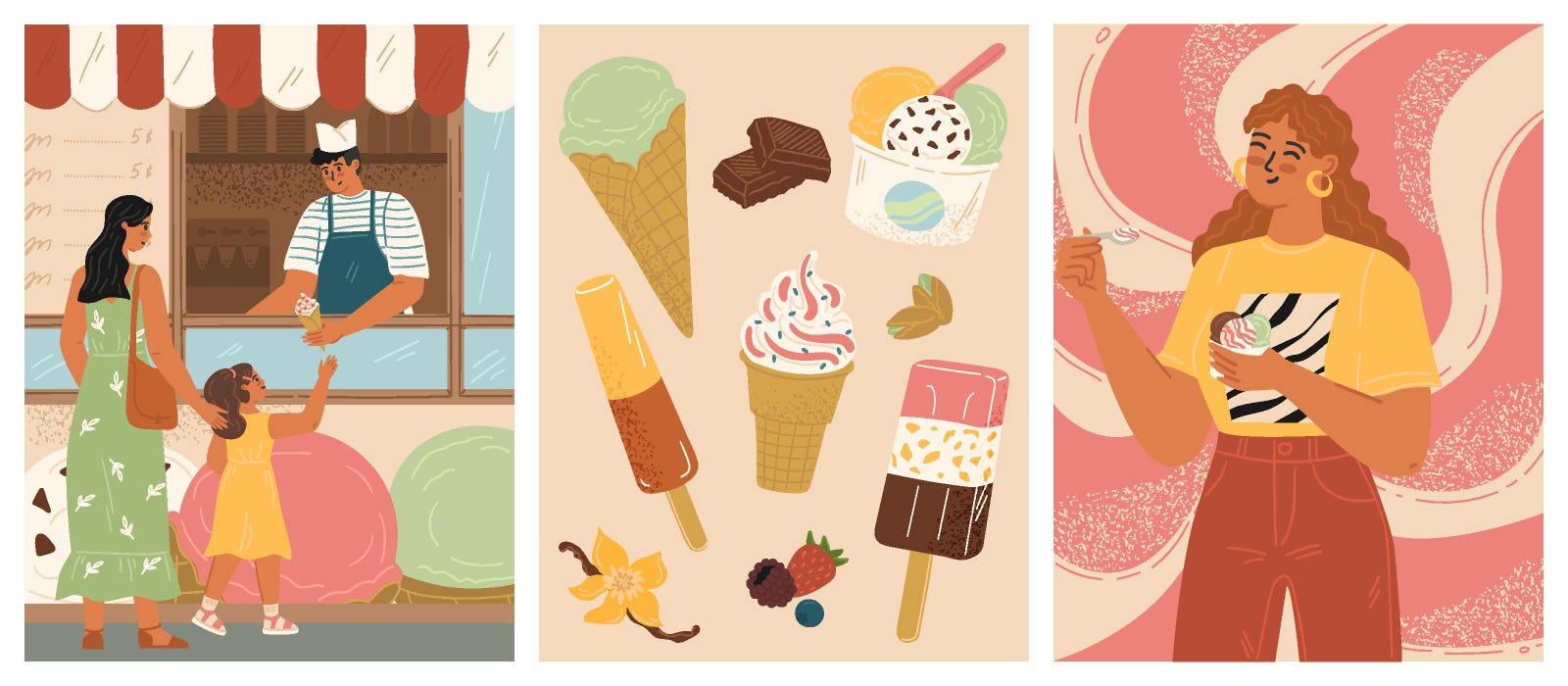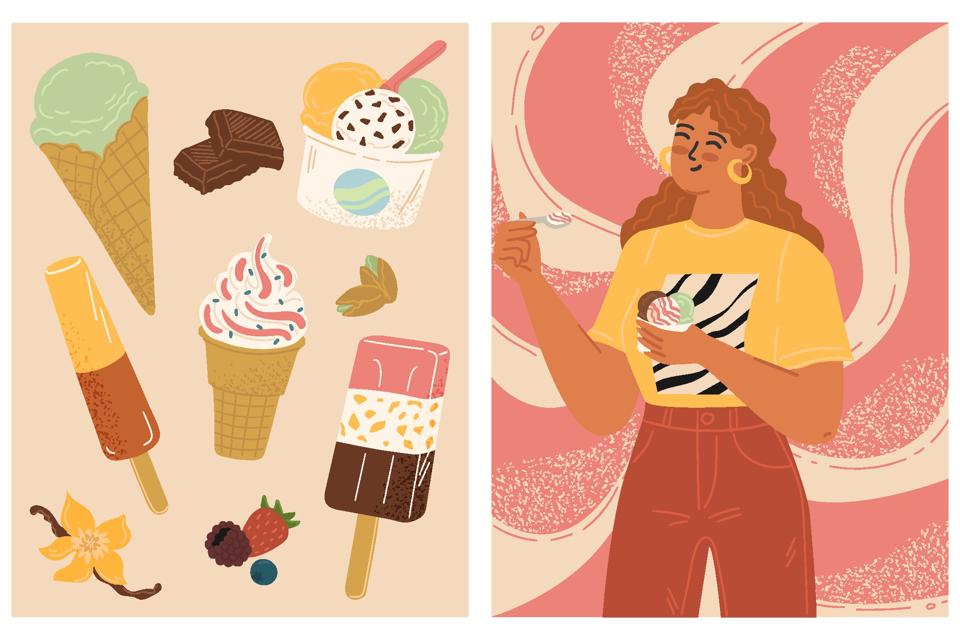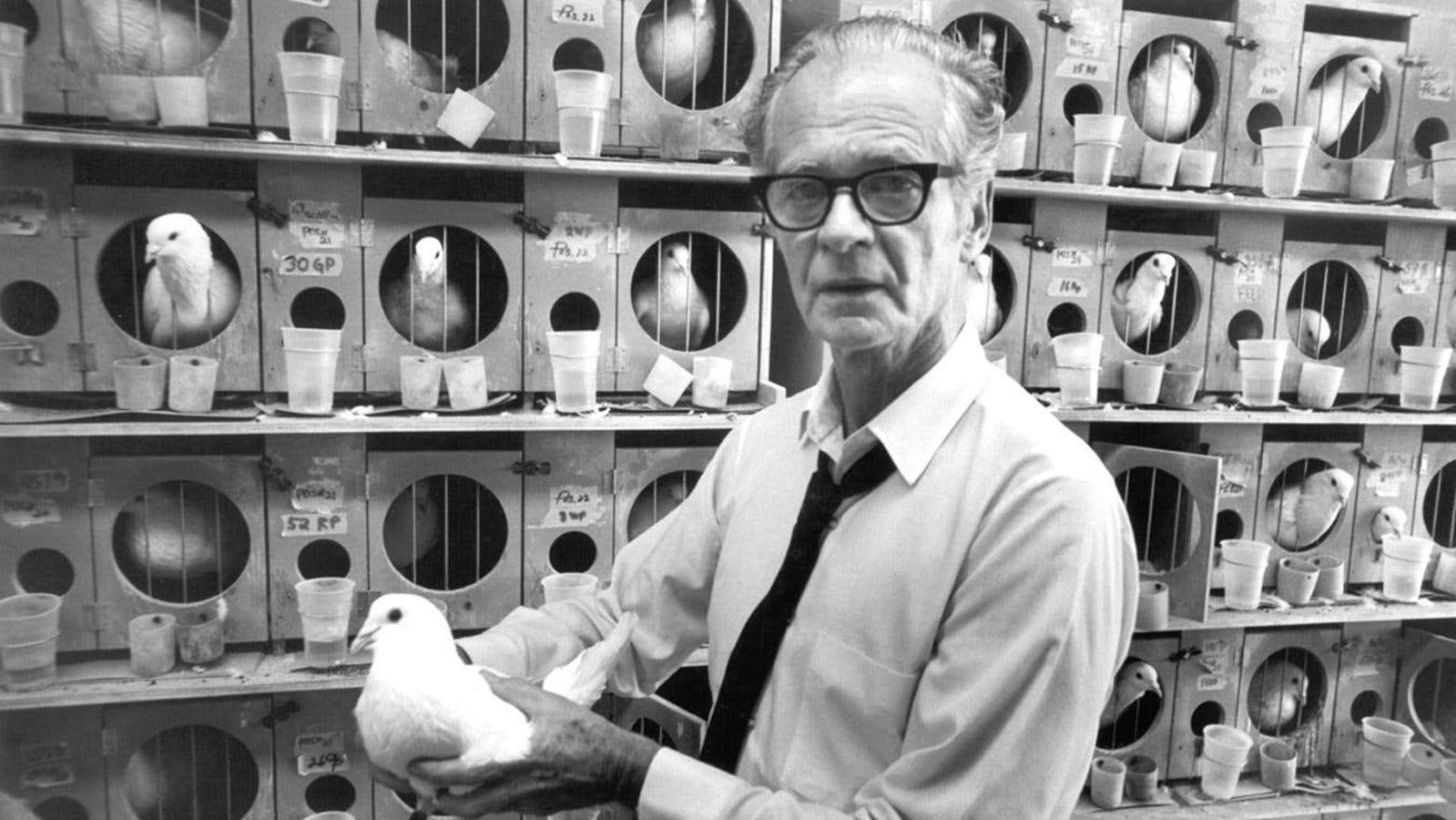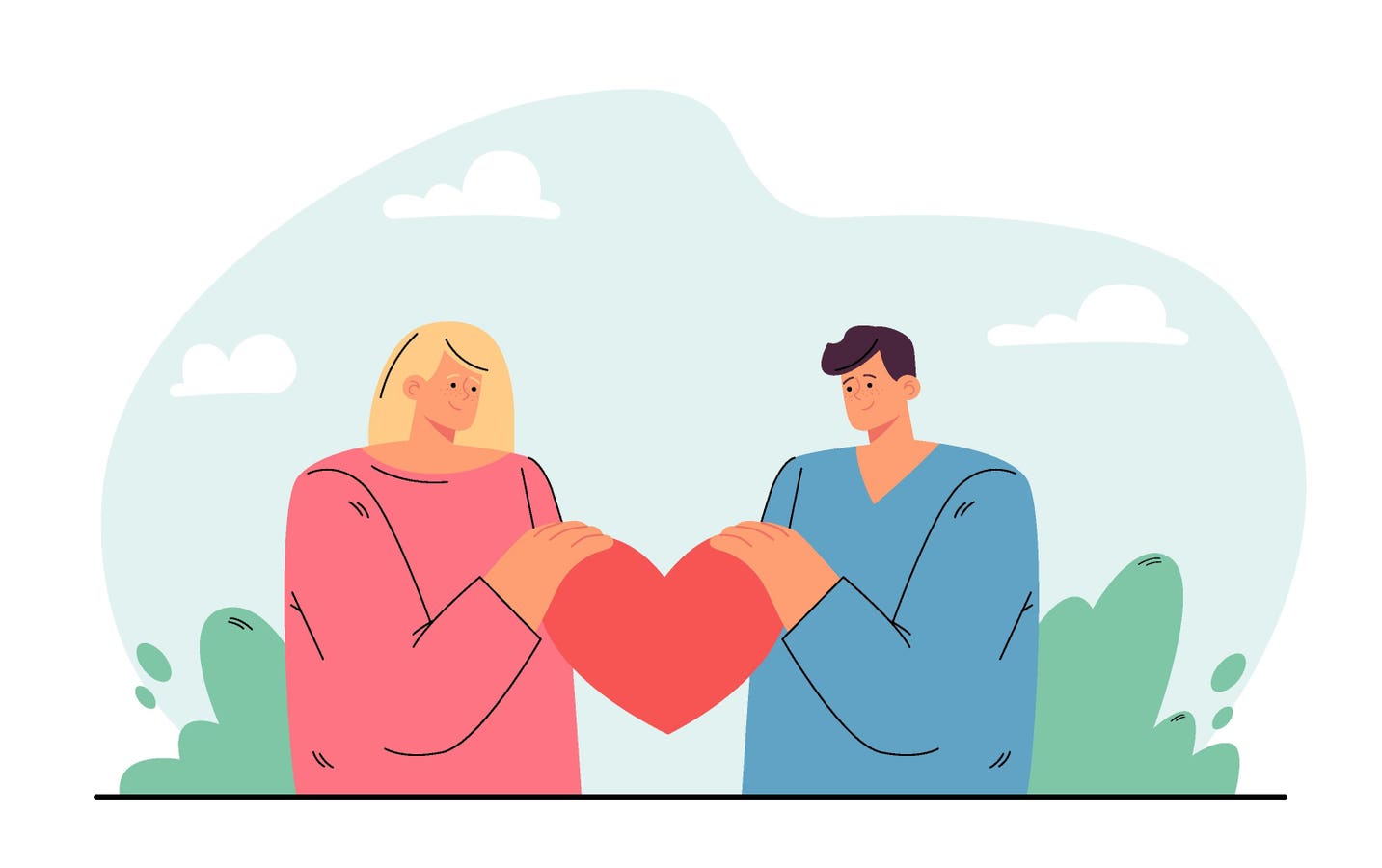Is it just a treat, or a way to cope in an overly uncertain time? Here’s why Gen Z is splurging on little treats or what they may assume to be rewards.
getty
For generations, most of us have followed society’s rulebook: go to school, climb the career ladder, build a family, save for a house and so on.
The idea was to secure a future for yourself and for generations to come. But Gen Z is taking a different route. Instead of clinging tightly to every penny, they’re allowing themselves “little treats.” These small indulgences have become a generational norm and even a trend on TikTok.
This might be a relatively expensive cup of coffee, a lip balm, a scented candle, or even a Labubu, the most recently trendy of these treats.
According to a 2025 NCSolutions survey, little treats have become a daily ritual for many Americans. In the survey, 62% of the participants mentioned that they’re an essential part of self-care, and 44% indulge a few times a week, with more than one in ten doing so daily.
Gen Z stands out the most here, with 20% reporting buying a treat every day and over 40% even budgeting for them. For many, these indulgences aren’t about luxury but survival in a tough economy. Additionally, 53% of Gen Z say they buy small treats because bigger milestones, like vacations or homes, feel unaffordable.
The ‘Treat Culture’ In A Struggling Economy
These little splurges aren’t mindless spending. They’re often intentionally woven into routines, and framed as rewards, motivators or stress relievers.
According to a 2025 Pew Research Center survey, Americans tend to be broadly pessimistic about the economy. Only 23% rated current economic conditions as excellent or good. More than a third, which was 34%, reported saying the economy is poor.
The survey emphasized how rising costs remain the biggest strain, with two-thirds of adults reporting they are very concerned about the price of food, consumer goods and housing costs.
Consequently, Gen Z is leaning into the philosophy of “At least I can feel good right now,” when the big dreams, such as homeownership, financial stability or even a stress-free vacation, tend to feel out of reach.
This statistic holds importance because it reflects why Gen Z and younger consumers are shifting toward small and more immediate comforts even when they may not feel financially secure.
The rise of “little treat culture” highlights how Gen Z is coping and finding meaning in the everyday. Here are three psychological factors that may be at play behind this generational shift.
1. Instant Gratification From Little Treats
Instant gratification is no longer a foreign concept in a dominantly digital world. Social media serves as a platform for varied purposes, such as news, educational content, entertainment and even entrepreneurship. It’s no wonder that many people today are consumed by it, and are also becoming accustomed to a more instantaneous form of reward.
Almost everything today is available at the click of a button. From same-day Amazon deliveries to food arriving at your doorstep within minutes, waiting seems to have become a thing of the past. We are living in a culture of immediacy. This pattern can easily translate into the way people spend.
A 2024 study published in the International Journal of Advanced Research examined how social media and digital platforms influence consumer behavior by combining insights from psychology and behavioral economics.
The findings highlight how there’s been a change in consumer buying behavior toward more impulsive and emotionally driven decisions. This is largely influenced by the instant access and social dynamics of digital platforms. Consumers are now more likely to make purchases based on social proof.
Social proof, such as influencer endorsements and peer activity, holds more value in buying decisions than rational evaluation of need or price.
Emotional triggers like FOMO (fear of missing out), scarcity messaging (“limited stock”) and highly curated social media content are major contributing factors to spontaneous spending today.
Additionally, cognitive biases, such as the desire for immediate gratification and overestimation of the value of trendy or popular items, play a significant role.
Overall, the study shows that modern consumers are now less likely to spend based on purely economic considerations, contrary to traditional and planned purchasing habits. This explains how little treats can easily serve as a reinforced coping mechanism.
2. The Lipstick Effect In A Financial Crisis
Treating yourself can be a way to reclaim a sense of control in a world that feels overwhelming and uncertain. “The Lipstick Effect” is a well-documented phenomenon that captures this. It describes a pattern where, during times of economic uncertainty such as recessions or periods of financial strain, people reduce spending on big-ticket items (like vacations, cars or luxury electronics) but increase spending on small yet affordable indulgences.
A classic example of this effect comes from the cosmetics industry. Historically, during economic downturns, sales of lipsticks would increase because it was a low-cost way to feel a sense of luxury, confidence or emotional reward.
A 2020 study published in the Journal of Behavioral and Experimental Economics examined this effect. The researchers focused on the Great Recession (2007–2009) and looked at actual spending data from the Bureau of Labor Statistics’ Consumer Expenditure Survey to understand it better.
During the Great Recession, younger women between the ages of 18 and 40 spent more on cosmetics.
While traditional theories suggested that women buy more cosmetics in recessions to attract a partner in uncertain times or improve their chances of employment by enhancing their appearance, the data strongly contradicted these explanations.
The increase in the consumption of cosmetics happened regardless of whether they were married or employed, meaning relationship or job-seeking motivations did not fully explain the trend.
Instead, the study suggests the lipstick effect is more about “substitution.” Women cut back on bigger or more expensive items, including new clothes, during a recession. However, they redirect some of that spending toward smaller luxury items. Lipstick or cosmetics are cheaper, but still offer a sense of indulgence or personal satisfaction.
This closely mirrors the concept of little treats. In essence, little treats are the modern, everyday manifestation of the lipstick effect. These are merely small pleasures that offer disproportionate psychological comfort relative to their cost, to cope with the pressures of modern life.
3. Unfulfilled Curiosity Fuels Unexpected Cravings
One major driving force for learning and exploration is curiosity. It motivates us to seek new information and solve problems. In this way, we also expand our understanding of the world.
However, when curiosity goes unsatisfied, it can have surprising consequences beyond knowledge-seeking. Instead of fading quietly, unsatisfied curiosity creates a generalized desire for rewards. This can prompt people to indulge in small pleasures unrelated to the original source of their curiosity.
Simply put, when our hunger for information goes unfulfilled, we may unconsciously turn to “little treats” as a way to satisfy the craving for reward and gratification.
This idea is supported by 2020 research published in the Journal of Consumer Research.
Researchers investigated the effects of unsatisfied curiosity across multiple experiments. The findings reiterate that when people’s curiosity is left unmet, it transforms into a generalized desire for rewards. This heightened reward-seeking can lead individuals to indulge in small and unrelated pleasures, such as treats, snacks or affordable luxuries.
Today, Gen Z is overwhelmed with a constant information overload, career pressures and a whole lot of uncertainty about what the future holds. This leaves many intellectual or aspirational drives partially unmet. And unsatisfied drives can get redirected toward expenditure on little treats.
Treat Yourself Without Losing Sight Of Tomorrow
Little treats are not inherently harmful, and can even be beneficial, especially when they serve as a way to gain a sense of relief and help to cope with stress. However, it becomes problematic when this habit becomes extreme without any kind of mindfulness.
Excessive reliance on instant gratification as a coping mechanism leads to negligence in addressing underlying pressures. When this behavior becomes impulsive and unplanned, it can create financial strain in the long run, which only causes more stress and uncertainty.
This makes it important to enjoy these little pleasures mindfully. To find a balance, learn how to budget for them and plan financially for the long term. No matter how little you invest or save, it still matters.
Striking this middle ground allows you to enjoy the relief and happiness that little treats provide while still building toward the stability and security you want for the future. In doing so, these little treats can remain a positive tool for self-care, rather than just another source of stress.
Is treating yourself costing you more than you think? Take this science-backed test to assess your money management habits: Financial Management Behavior Scale









